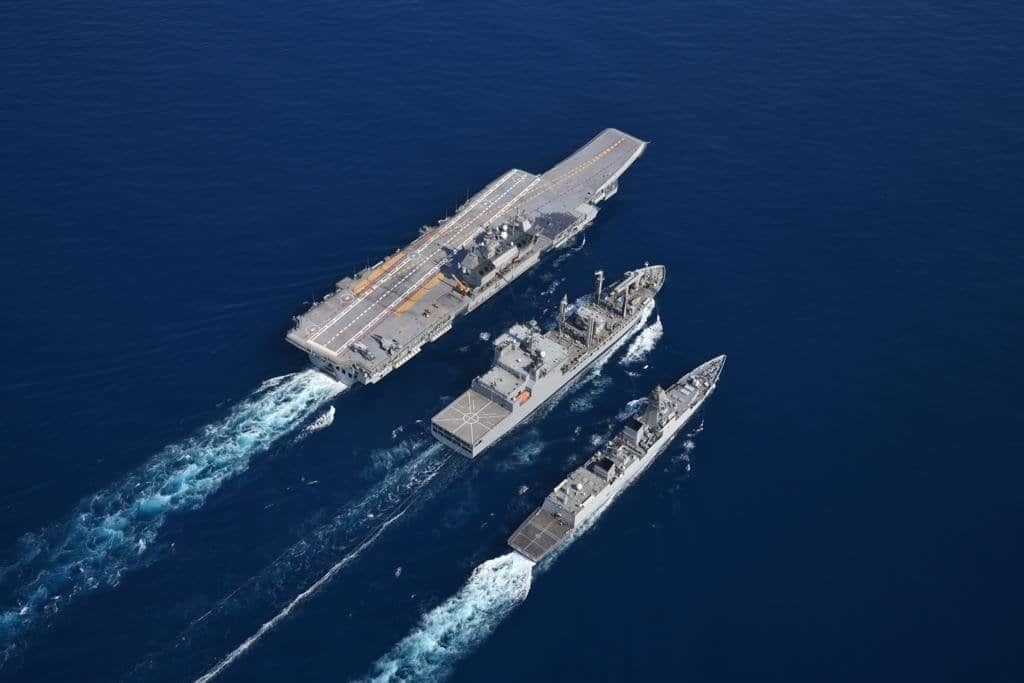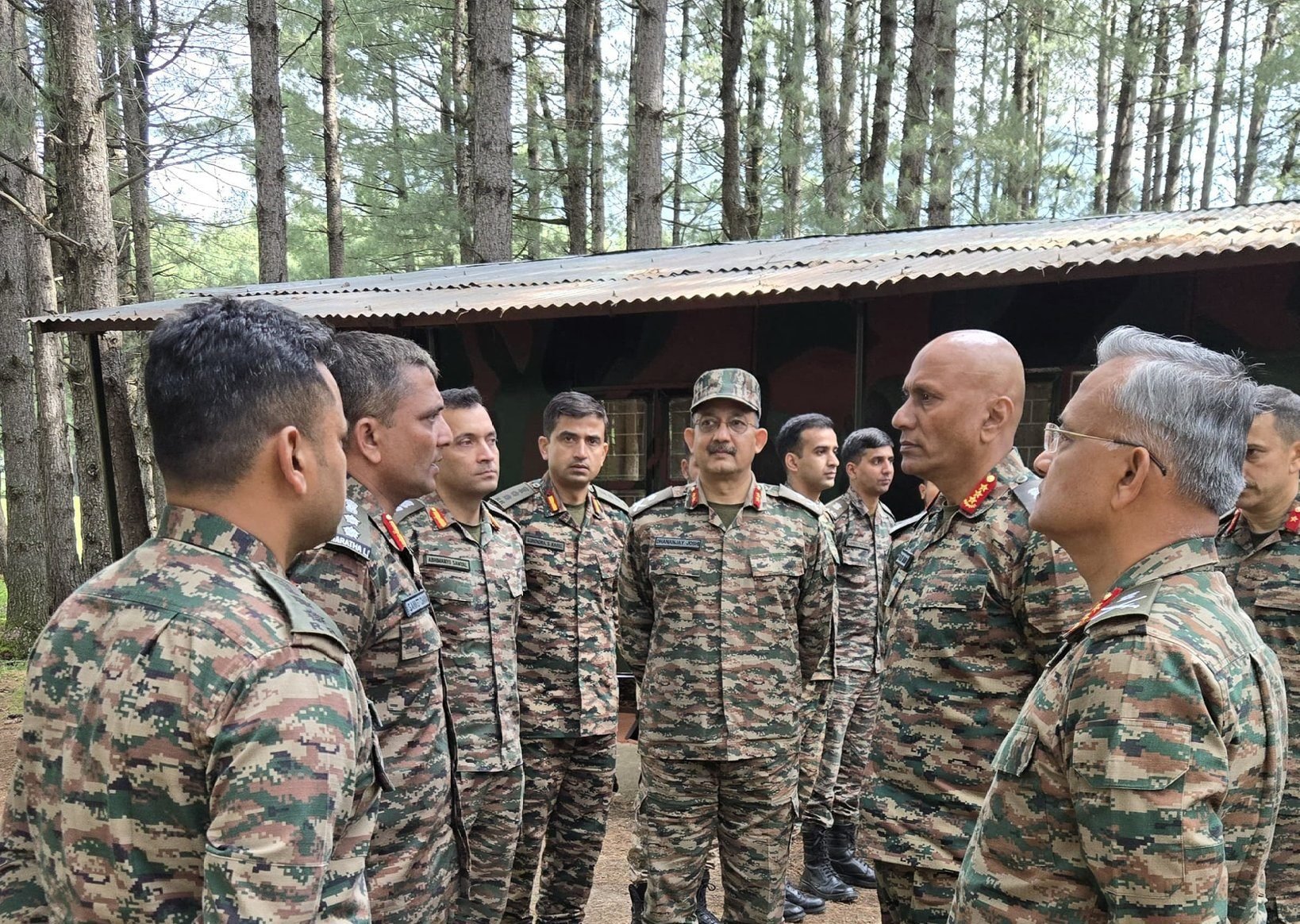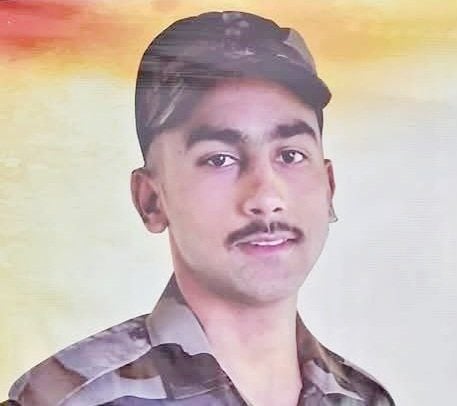India Issues NOTAM for Naval Firing Exercise in Arabian Sea Amid Rising Regional Tensions
The Indian Navy has issued a Notice to Airmen (NOTAM) announcing live firing exercises in the Arabian Sea from June…
Ukraine and Russia Agree on “All-for-All” Exchange for Wounded and Young POWs in Istanbul Talks
In a significant development during peace negotiations held in Istanbul, Ukraine and Russia have agreed to an "all-for-all" exchange of…
Lt Gen Pratik Sharma Reviews Operational Readiness and Amarnath Yatra Security at Chinar Corps Headquarters
Lieutenant General Pratik Sharma, General Officer Commanding-in-Chief of the Northern Command, visited the Chinar Corps headquarters in Srinagar today to…
India Strengthens Air Defense with Russian Over-the-Horizon Radar Deal
In a major upgrade to its air defense architecture, India has finalized a government-to-government agreement with Russia to procure the…
Agniveer Sanjeev Saini from Tijara Martyred While Serving in Jammu
Agniveer Sanjeev Saini, a young soldier from Tijara serving in the Indian Army, was martyred while performing his duty in…
Arunachal Governor Awards Assam Rifles Battalion with Governor’s Citation for Distinguished Service
In a ceremony held at Raj Bhavan, Arunachal Pradesh Governor Lt Gen (Retd) KT Parnaik presented the Governor’s Citation to…






